For the last 10 years or so, prices of all inputs have been fairly stable.
We have been living in an era of low inflation, so you could plan from one year to the next and know that your expenses were going to be pretty much the same.
It feels like things have started to change and we could see several years of very high inflation. Everything that farmers are buying is going up in price.
If you don’t buy this month, the chances are that it will cost more next month.
Every time that I get another fill of meal, it seems to have gone up in price. Every time I fill my car with fuel, it costs me more than the previous time. Therein lies the problem. Energy keeps rising and that is driving the price of everything.
Fertiliser
The issues with the fertiliser market have been well documented and there are lots of people rushing out to buy anything, no matter what the cost. With talk of a shortage next spring, it seems like some farmers can’t wait to blow whatever money they made this year.
Cattle and sheep prices have gone up, which has meant that farmers have made a few pounds
I’m sorry, but I’m not going to rush out and pay £600-£700 for a tonne of fertiliser. If I have to do it in the springtime, then I will cross that bridge when I come to it. But I can’t afford to pay this kind of money at the moment and I haven’t anywhere suitable to store it. So, I’m just going to wait and see.
We have just had a decent summer for grazing cattle and making silage, which all helps to lower costs.
Cattle and sheep prices have gone up, which has meant that farmers have made a few pounds. But the way that the price of everything is going, the few pounds we have made won’t last very long. Perhaps then, it is a time for us farmers to be cautious.
Supply chain
However, if those higher up the food chain don’t cop on pretty quick, then a lot of farmers will have little option but to either cut back, or stop producing. We simply need the price of milk and beef/lamb to keep pace with our rising costs. Too often it seems like others immediately pass on their costs to us, but our customers are very slow to pay more.
Straw
In my own farm business, input cost inflation has the potential to seriously impact what we do.
For example, while straw has been very expensive for a number of years, partly due to the weather and partly because of less crop being grown, this year things really got out of control. I paid 50% more than last year, which is a major cost to absorb for anyone who uses a significant quantity.
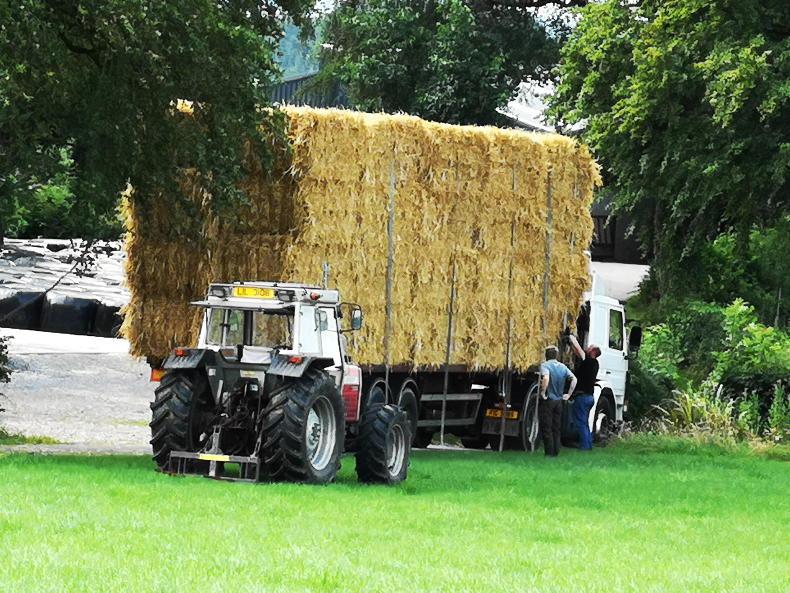
Straw being delivered to the Egerton farm this summer.
With our calf house, this has become a real problem. The quality of straw is better this year, but it in no way compensates for the extra expense.
It is putting our calf rearing enterprise under serious strain and if we can’t get some more money out of it, then it will be uneconomical to continue.
Heifers
I also sell in-calf heifers and although I have them all sold this year, it has been very difficult to get what I needed. Everyone complained about the price I was charging, even though they were getting more for their cull cows and other cattle they sold.
I held out and eventually got the price I wanted.
When it comes to the contract-reared dairy heifers, I have just renegotiated the rate of payment, but if fertiliser and other costs keep rising, then I will have no option but to negotiate again.
In this new era of rising costs, everyone will have to realise that they are going to have to pay more. As farmers, we have to be stronger sellers. We can’t survive input inflation if we just get the same for the produce going out the farm gate.
Read more
Farmer Writes: plagued by sucking cows in the autumn
Politicians need to get off the climate bandwagon
For the last 10 years or so, prices of all inputs have been fairly stable.
We have been living in an era of low inflation, so you could plan from one year to the next and know that your expenses were going to be pretty much the same.
It feels like things have started to change and we could see several years of very high inflation. Everything that farmers are buying is going up in price.
If you don’t buy this month, the chances are that it will cost more next month.
Every time that I get another fill of meal, it seems to have gone up in price. Every time I fill my car with fuel, it costs me more than the previous time. Therein lies the problem. Energy keeps rising and that is driving the price of everything.
Fertiliser
The issues with the fertiliser market have been well documented and there are lots of people rushing out to buy anything, no matter what the cost. With talk of a shortage next spring, it seems like some farmers can’t wait to blow whatever money they made this year.
Cattle and sheep prices have gone up, which has meant that farmers have made a few pounds
I’m sorry, but I’m not going to rush out and pay £600-£700 for a tonne of fertiliser. If I have to do it in the springtime, then I will cross that bridge when I come to it. But I can’t afford to pay this kind of money at the moment and I haven’t anywhere suitable to store it. So, I’m just going to wait and see.
We have just had a decent summer for grazing cattle and making silage, which all helps to lower costs.
Cattle and sheep prices have gone up, which has meant that farmers have made a few pounds. But the way that the price of everything is going, the few pounds we have made won’t last very long. Perhaps then, it is a time for us farmers to be cautious.
Supply chain
However, if those higher up the food chain don’t cop on pretty quick, then a lot of farmers will have little option but to either cut back, or stop producing. We simply need the price of milk and beef/lamb to keep pace with our rising costs. Too often it seems like others immediately pass on their costs to us, but our customers are very slow to pay more.
Straw
In my own farm business, input cost inflation has the potential to seriously impact what we do.
For example, while straw has been very expensive for a number of years, partly due to the weather and partly because of less crop being grown, this year things really got out of control. I paid 50% more than last year, which is a major cost to absorb for anyone who uses a significant quantity.

Straw being delivered to the Egerton farm this summer.
With our calf house, this has become a real problem. The quality of straw is better this year, but it in no way compensates for the extra expense.
It is putting our calf rearing enterprise under serious strain and if we can’t get some more money out of it, then it will be uneconomical to continue.
Heifers
I also sell in-calf heifers and although I have them all sold this year, it has been very difficult to get what I needed. Everyone complained about the price I was charging, even though they were getting more for their cull cows and other cattle they sold.
I held out and eventually got the price I wanted.
When it comes to the contract-reared dairy heifers, I have just renegotiated the rate of payment, but if fertiliser and other costs keep rising, then I will have no option but to negotiate again.
In this new era of rising costs, everyone will have to realise that they are going to have to pay more. As farmers, we have to be stronger sellers. We can’t survive input inflation if we just get the same for the produce going out the farm gate.
Read more
Farmer Writes: plagued by sucking cows in the autumn
Politicians need to get off the climate bandwagon





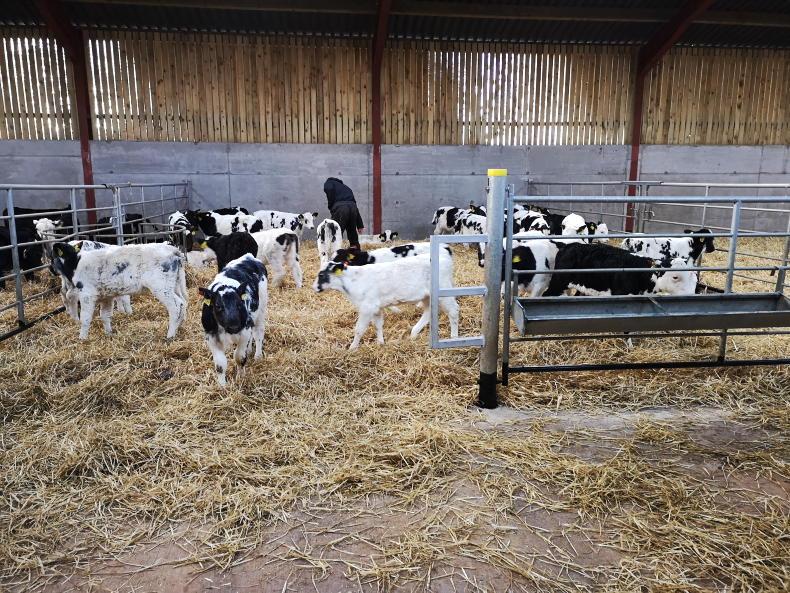
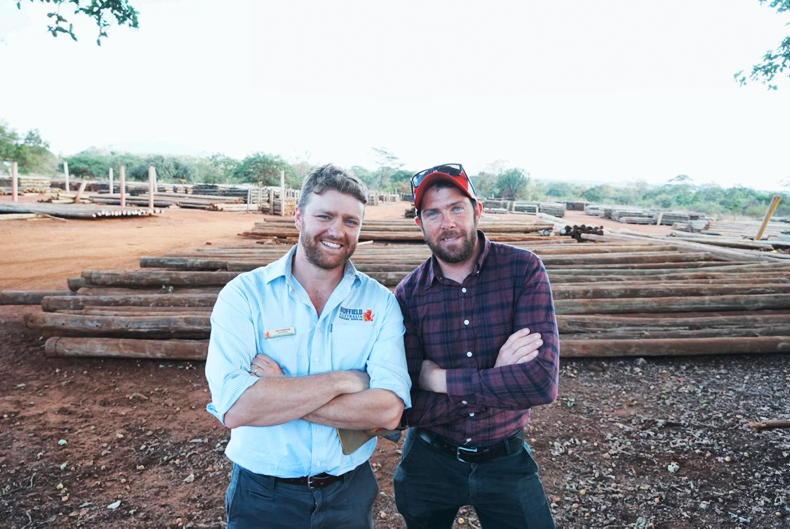

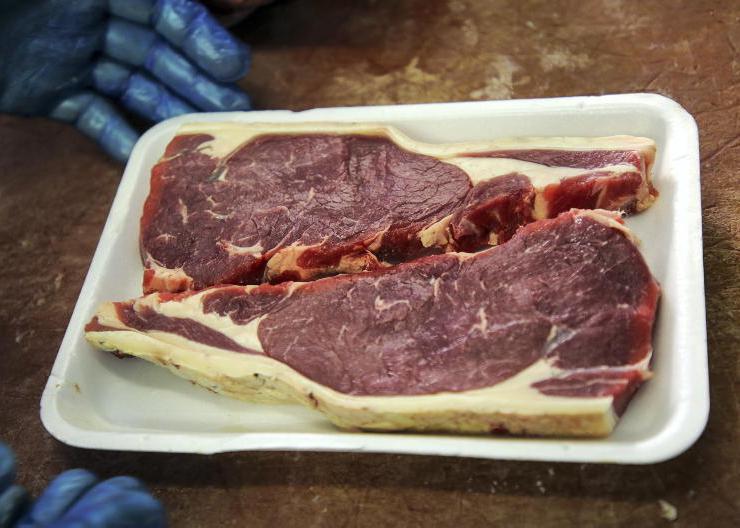

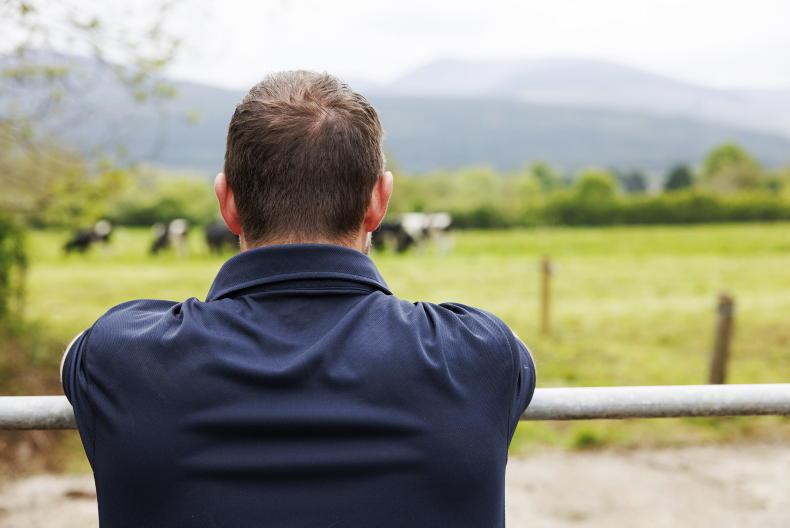
SHARING OPTIONS